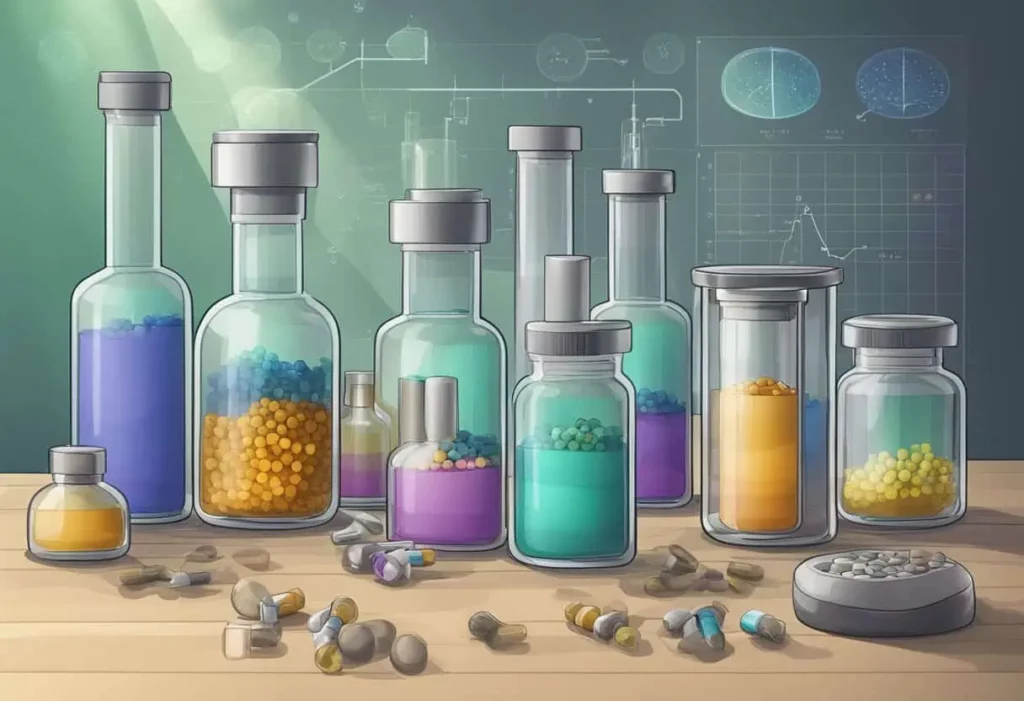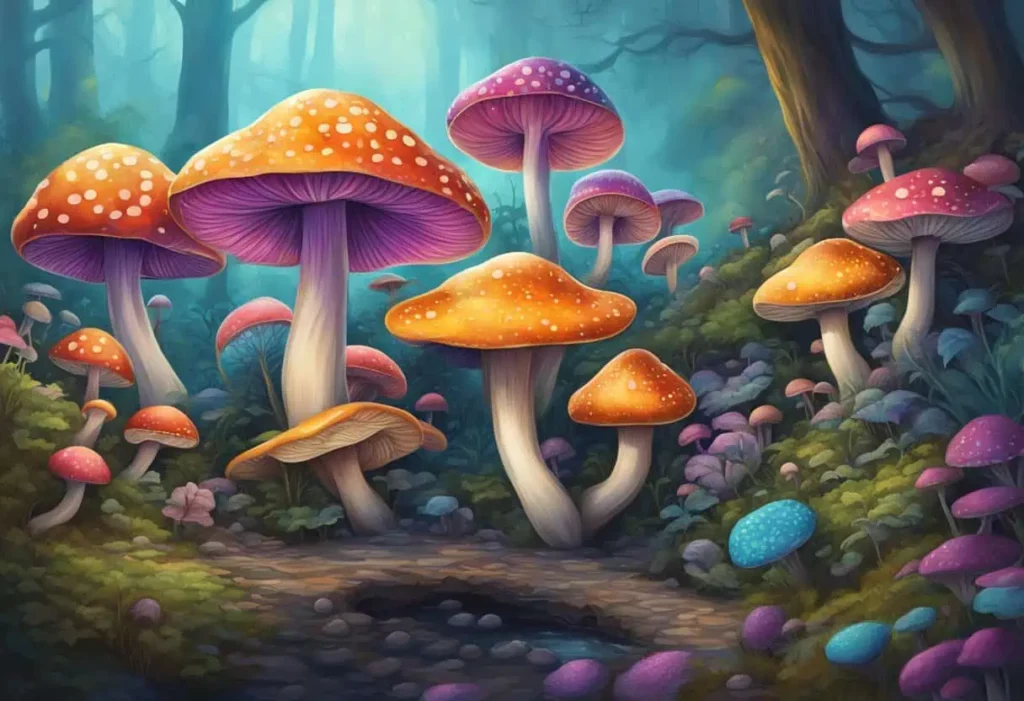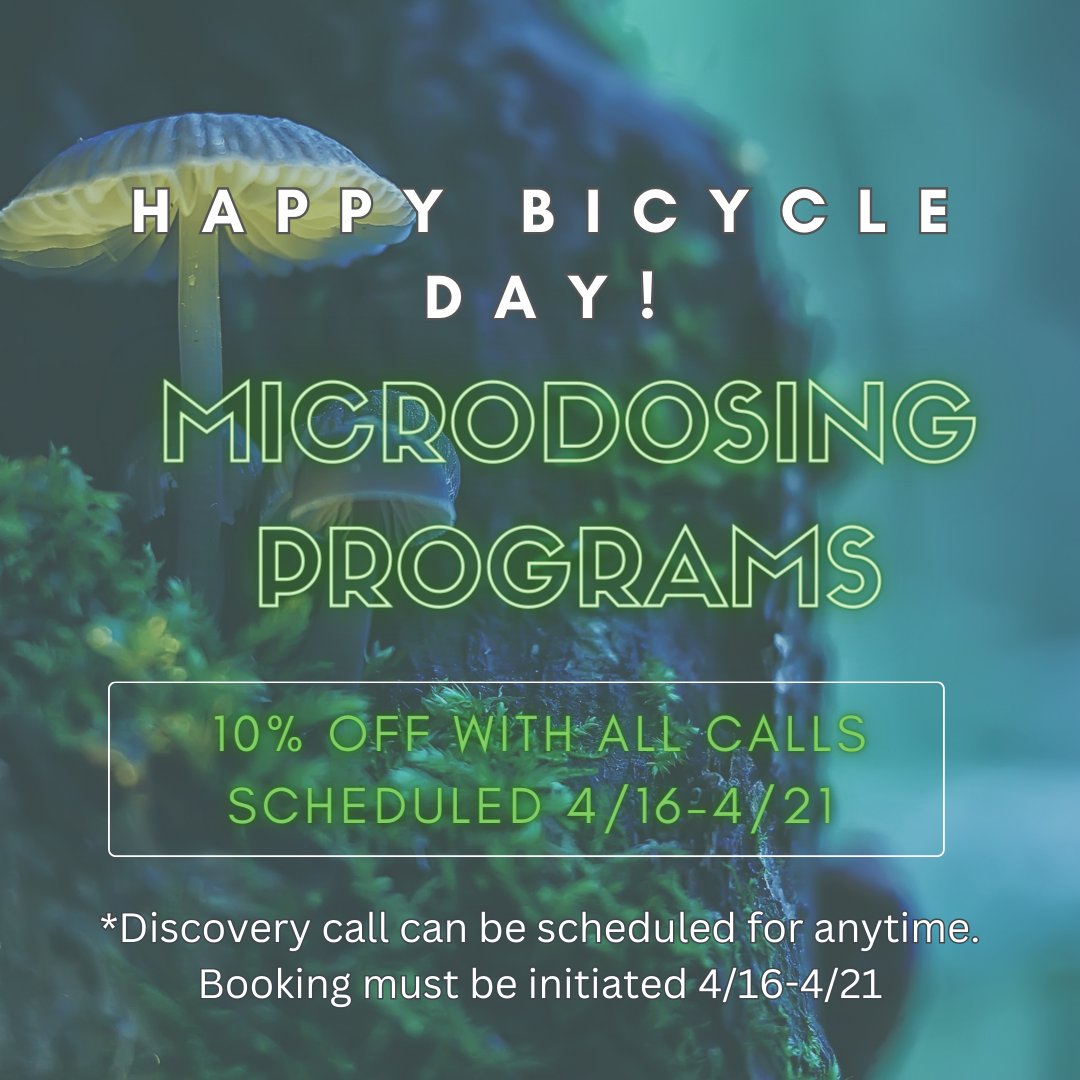Magic mushrooms, commonly referred to as shrooms, contain psilocybin, a naturally occurring psychedelic compound. Upon ingestion, psilocybin is converted in the human body to psilocin, the substance primarily responsible for the psychedelic effects. The onset of these effects typically occurs within 20 to 40 minutes, and the total duration of activity ranges from 4 to 7 hours. The rate at which psilocybin is metabolized can be influenced by various factors, which determine how long it will remain detectable in the system.
The duration that psilocybin stays in the body depends on factors such as the individual’s metabolism, the quantity consumed, hydration levels, and overall health. Drug tests can detect psilocybin and its metabolites for different lengths of time, varying based on the type of test utilized. Urine tests are the most common form of drug testing for psychedelics like psilocybin, but other types such as hair follicle tests may detect the substance for an extended period after use. Considering the potential risks and the legal status of magic mushrooms in various regions, it’s crucial to understand how long these substances stay in the system.
Key Takeaways
- Shrooms contain psilocybin, which is metabolized into psilocin, causing psychedelic effects that last up to 7 hours.
- Factors such as dosage, metabolism, and test type affect how long psilocybin can be detected in the body.
- Psilocybin is most commonly tested through urine tests, though other methods can trace its presence for longer periods.
Understanding Psilocybin and Psilocin
Psilocybin and psilocin are the primary hallucinogenic compounds found in various species of psychedelic mushrooms, known for their potent effects on the brain.
Chemical Properties and Metabolism
Psilocybin, the prodrug, is rapidly converted into psilocin upon ingestion. Psilocin, the psychoactive pharmacophore, has a similar structure to the neurotransmitter serotonin and is primarily responsible for the psychedelic effects. The body metabolizes these substances through the liver, and their half-lives are comparatively short, with psilocybin having a half-life of about 1-2 hours and psilocin around 50 minutes. The complete elimination from the system, however, may take several hours to a few days, depending on various factors, including the dosage and the individual’s metabolism.
Psychedelic Effects on the Brain
Once inside the brain, psilocin binds to serotonin receptors, particularly the 5-HT2A receptor, leading to altered sensory experiences and perception. The mental state, or “set,” and the physical environment, or “setting,” influence the nature and intensity of these psychedelic effects, which can range from visual and auditory hallucinations to profound changes in consciousness. The impact on cognitive and emotional processes can last beyond the immediate period of intoxication, with some individuals reporting long-term positive changes.
Varieties of Psychedelic Mushrooms
More than 180 species of mushrooms contain psilocybin and psilocin, with variations in potency and concentrations of these compounds. The most commonly known species include Psilocybe cubensis and Psilocybe semilanceata. The content of psilocybin and psilocin in mushrooms can fluctuate, affecting the duration and intensity of their effects on the user. Fresh mushrooms tend to have a higher water content compared to dried ones, which may have a more concentrated amount of hallucinogenic compounds.
Factors Influencing Psilocybin Retention
The duration psilocybin remains detectable in one’s system varies greatly due to factors such as the amount consumed, the individual’s metabolic rate, and personal sensitivity to the substance.
Dosage and Potency
The amount of psilocybin ingested plays a critical role in how long it remains in the body. Higher doses generally result in longer detection times. Similarly, the potency of the mushrooms, which can vary widely among species and even individual specimens, affects how much of the active compound enters the system and thus its retention time.
Body Composition and Metabolism
Each individual’s body composition and metabolism influence the speed at which psilocybin is processed and eliminated. Those with higher body fat may retain the substance for longer periods, as psilocybin is partially lipid-soluble. A person’s metabolic rate, which can be affected by factors like genetics and lifestyle, determines the efficiency with which their body can break down and clear substances, including psilocybin.
Age and Personal Tolerance
As people age, their metabolism tends to slow down, potentially leading to longer retention of substances like psilocybin. Additionally, repeated exposure can result in a personal tolerance to psilocybin, which might affect the rate at which the body processes and eliminates it. However, this does not necessarily equate to shorter retention times, as each individual’s response to the substance is unique.
Types of Drug Tests for Psilocybin
The detection of psilocybin in a person’s system can be attempted through various drug testing methods, each with its own time frame for detection and level of accuracy.
Urine Tests: Detection and Duration
Urine tests are the most common type of drug test for psilocybin due to their non-invasiveness and efficiency. Psilocybin and its active metabolite, psilocin, can generally be detected in urine within several hours of ingestion. The detectable half-life in urine is short, usually around 24 hours, although this time can vary based on individual metabolism and the quantity consumed.
Blood Tests and Psilocybin
Blood tests for detecting psilocybin are less common than urine tests, often due to the invasive nature of blood sampling. Psilocybin is metabolized relatively quickly, making it detectable in the blood shortly after ingestion but for a limited time only, often less than 24 hours. Such specialized tests require precise timing to confirm the presence of psychedelic compounds in the bloodstream.
Hair Follicle Testing for Psychedelics
Hair follicle tests for psychedelics, including psilocybin, provide a much longer detection window compared to urine or blood tests. Psychedelic compounds can be detected in hair for up to 90 days or longer as they become part of the hair cells during growth. However, hair follicle testing is less common due to the high cost and isn’t typically used to detect one-time use, as it takes approximately 5-7 days for psilocybin to become detectable in hair after use.
Effects of Consumption and Risks
When consuming magic mushrooms, individuals may experience a range of effects that can vary greatly depending on numerous factors including dosage and individual sensitivity. The risks associated with consumption are equally important to consider and can have both short- and long-term implications for mental health.
Common Physical and Psychological Effects
Physical effects of psilocybin mushrooms generally include:
- Dilated pupils
- Altered sense of time
- Increased heart rate
- Nausea
Psychological effects often encompass:
- Profound changes in perception
- Intense emotional states
- Euphoria or a sense of interconnectedness
- Visual and auditory hallucinations
While most effects tend to resolve within 6 to 8 hours, research suggests that the risks associated with these experiences are typically mild when considering physical health.
Potential for Bad Trips and How to Mitigate
A “bad trip” may involve:
- Intense anxiety or fear
- Paranoia or panic
- Overwhelming hallucinations
Such distressing experiences can be mitigated by:
- Remaining in a safe, comfortable environment
- Having a trusted individual present (a “trip sitter”)
- Starting with a low dose, especially for inexperienced users
Avoiding consumption in the presence of pre-existing psychological conditions such as a predisposition to psychosis is also crucial to reduce the likelihood of a bad trip as noted in a study surveying challenging experiences.
Long-Term Mental Health Considerations
Long-term mental health impacts are an area of growing research. Some users report enduring changes in perspective and self-reported increases in life satisfaction. However, there’s also the potential for lasting psychological disturbance, particularly in those with a history of mental health issues. Psilocybin can potentially exacerbate symptoms of depression and anxiety, and its consumption may not be recommended for those with such conditions.
While many users do not experience long-term negative effects, the potential for mental health risks underscores the importance of careful consideration and respect for the powerful nature of psilocybin as a psychoactive substance.

Comparing Psilocybin with Other Substances
When considering the duration that psilocybin, the psychoactive component in magic mushrooms, remains in one’s system, it is instructive to assess how it compares to other commonly encountered substances.
Psilocybin vs Other Hallucinogens
Psilocybin is one of several hallucinogens, alongside substances like LSD (lysergic acid diethylamide), phencyclidine (PCP), and MDMA (3,4-methylenedioxymethamphetamine). Unlike LSD, which can be detected for up to 8 hours in the blood and up to 2-3 days in urine, psilocybin is metabolized more quickly, typically becoming undetectable in blood within several hours post-ingestion. Urine tests can detect psilocybin for up to 24 hours.
While PCP, a dissociative drug, can be found in the body for days or even weeks, psilocybin has a much shorter duration in the system. Unlike MDMA, commonly known as ecstasy or molly, which affects serotonin levels and can be detected for up to 2 days, psilocybin’s primary effects generally resolve in less than six hours, though subtle mood-related effects may persist for several days.
Interaction with Alcohol and Drugs
The interaction of psilocybin with other substances, notably alcohol and benzodiazepines, can influence how long the effects of psilocybin are felt, but not necessarily how long it is detectable in the body. While alcohol can exacerbate the effects of psilocybin, it does not significantly alter the elimination time of the substance from the body.
Benzodiazepines may be used to mitigate the anxiety and agitation that can accompany a psilocybin experience, effectively dulling the psychedelic effects. However, this concomitant use does not prolong the presence of psilocybin in the system. It’s important to note that combining drugs can introduce unpredictability in effects and is usually not recommended.
This section provides a comparative glance at psilocybin’s longevity within the body relative to other substances. It is evident that psilocybin, by contrast, exhibits a shorter detectable span than many other hallucinogens and drugs that alter consciousness.
Legal Status and Testing in Professional Settings
The legal status of psychedelic mushrooms significantly influences their treatment in professional settings, specifically regarding drug testing. Employers often implement testing protocols based on the substances’ regulations.
Regulations Governing Psychedelic Mushrooms
Psychedelic mushrooms, commonly referred to as “magic mushrooms,” contain psychoactive substances and are categorized under Schedule I drugs in many regions, including the United States. This classification means they are considered to have a high potential for abuse with no recognized medical use, thus affecting their legal status universally. In professional settings, this classification dictates stringent regulations and justifies the exclusion of these substances by employers in their workplaces.
Drug Testing for Employment
Employers routinely utilize drug testing as a means to enforce a drug-free workplace policy. Testing can take various forms, from pre-employment screening to periodic and random checks or post-incident investigations. Typically, the substance targeted by these drug tests is the psychoactive compound found in psychedelic mushrooms, psilocybin. Despite psilocybin’s capacity to remain detectable for a limited period, usually within 24 hours to a few days, its presence in a test result may significantly influence an individual’s employment status due to the substance’s illegal standing in many jurisdictions.
Preparation and Consumption Methods
Different methods of consuming psilocybin mushrooms can affect the duration and intensity of their effects. This section explores traditional eaten forms, brewing psilocybin tea, and more innovative techniques such as lemon tekking.
Traditional Eaten Forms
Psilocybin mushrooms can be consumed in their fresh or dried form. The preparation involves cleaning them thoroughly before consumption, and they can be eaten as is or mixed with food. Dosage is crucial and must be measured accurately; dried mushrooms are more potent by weight due to the absence of water content.
Brewing Psilocybin Tea
To create psilocybin tea, one must finely chop or grind the dried mushrooms. Then, they’re steeped in hot water for about 10 to 15 minutes to brew. This method offers a more palatable alternative for those who may dislike the taste of raw mushrooms and wish to mitigate potential stomach discomfort associated with consuming them directly.
Innovative Techniques like Lemon Tekking
Lemon tekking is a novel approach where citric acid is used to break down psilocybin into psilocin, the active compound responsible for psychoactive effects. The ground dried mushrooms are soaked in lemon or lime juice for about 20 minutes. Proponents suggest that this method can lead to quicker onset and a potentially stronger trip, but dosage control remains essential to avoid overwhelming effects.

Psilocybin in Research and Therapy
Psilocybin, the active compound found in “magic mushrooms,” has re-emerged as a subject of research due to its potential therapeutic applications, particularly in the field of mental health.
Current Research and Therapeutic Use
Researchers are systematically investigating psilocybin for its potential in therapy, particularly in treating a range of mental health disorders. Clinical studies have suggested that psilocybin, when coupled with psychotherapy, may aid in the treatment of conditions such as depression, anxiety, and PTSD. These studies are carefully conducted under controlled settings to understand not only the effectiveness but also to establish safe therapeutic protocols.
Research centers including Johns Hopkins and Imperial College London have conducted various trials where participants undergo psilocybin-assisted therapy sessions. The setting—often a calm, supportive environment—and mindset—or “set”—of the participant are crucial components of the treatment, ensuring optimal conditions for therapeutic outcomes.
Potential Benefits for Treating Mental Conditions
Recent research highlights the potential benefits of psilocybin in addressing mental health challenges. Key findings include its ability to create profound cognitive and emotional shifts, which could effectively assist patients unresponsive to traditional treatments. The substance has shown promise in treating major depressive disorders, end-of-life psychological distress, and substance use disorders, thereby broadening options available to mental health professionals.
The medical community is exploring the balance between the benefits and risks, examining long-term effects and determining suitable dosages. As regulatory barriers diminish, therapeutic programs could soon integrate psilocybin as a valuable tool for healing and growth—both psychological and, as some studies suggest, spiritual in nature. Despite its potential in therapeutic settings, the recreational use of psilocybin remains illegal in many jurisdictions, highlighting the importance of distinguishing between controlled therapeutic use and unsupervised recreational use.
Frequently Asked Questions
This section delves into common inquiries related to the longevity of psilocybin in the body, exploring factors that influence its metabolism and detection times for various drug tests.
What is the typical duration for psilocybin to remain detectable in the body?
Psilocybin is typically metabolized within a few hours, but its byproducts might be detectable in the body for up to 24 hours. However, this duration can vary based on individual physiology and the amount consumed.
Can you outline the common factors that affect the metabolism of psychedelic mushrooms?
Factors such as age, liver function, and genetics play crucial roles in the metabolism of psychedelic mushrooms. Additionally, the dosage and frequency of use significantly impact how quickly the body processes these substances.
What are the detection windows for various drug tests, including urine, blood, and hair follicle tests, regarding psilocybin?
Urine tests can potentially detect psilocybin up to 24 hours after ingestion, while blood tests have a shorter window, usually up to several hours post-consumption. Hair follicle tests, although rarely used for psilocybin, can detect the substance for up to 90 days.
How do the effects of psilocybin correlate with its presence in a user’s system?
The acute psychological effects of psilocybin usually subside within 6 to 8 hours, aligning with the substance’s decreasing presence in the system as it is being metabolized and excreted.
Could you explain if and how body weight and metabolism influence the time psilocybin stays in one’s system?
Body weight and metabolic rate can influence the duration psilocybin stays in the system, with individuals having a higher metabolic rate processing and eliminating the substance faster than those with a slower metabolism.
Is there any reliable method to expedite the elimination of psilocybin from the system?
There is no scientifically proven method to expedite the elimination of psilocybin. The body naturally metabolizes and excretes it over time, and this process relies on individual metabolic factors.
Last Updated on January 28, 2024 by Megan Mbengue, BSN, RN, CHPN


